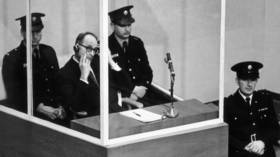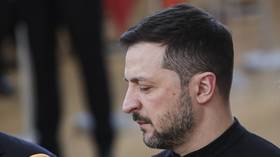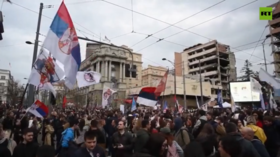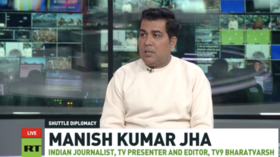War crimes victims still not laid to rest
The bodies of many victims of the Srebrenica massacre still remain unidentified and unburied even though it has been 14 years since the incident.
More than 8000 Muslim men and boys were killed in July 1995 when the Serbian army attacked the area of Srebrenica in Bosnia-Herzegovina. To this day, victims of the massacre are still being discovered in mass graves.
Hatidza Mehmedovic, whose two sons and husband were killed, is one of the many mothers still waiting to bury her loved ones. She spent years hoping they were still alive, until two years ago when she was given their partial remains. “There are still pieces of their bodies missing. I don’t know which son has been found. So until I have more body parts I can’t bury them, because I don’t know which son I am burying,” Hatidza says.
Recovery efforts have been further hampered due to past attempts to conceal evidence of the mass murders, leading to the remains becoming misplaced and mishandled. Furthermore, the Hague Tribunal – set up to prosecute crimes committed during the Yugoslav war – recently admitted to intentionally destroying more than a thousand personal items belonging to the victims of Srebrenica.
However, Olga Kravan, spokeswoman for the Chief prosecutor at the Tribunal, justifies the decision. “We are talking about pieces of clothing. We are talking about things that were just in such a state that they had to be disposed of. There was nothing else that could have been done. The vast majority of them came from mass graves. They were deteriorating and presented a health risk.”
Ten years ago the International Commission of Missing Persons took on the job of identifying bodies from The Hague. The Commission admits that the evidence the Court destroyed, while not essential, would have been useful.
The mortuary in Tuzla, Bosnia-Herzegovina stores some two and a half thousand body bags containing unidentified remains. Inside one bag there may often be parts of more than one person. In the last decade, more than 12,000 body bags have passed through the mortuary.
The Hague Tribunal thus faces a hefty task. When its mandate runs out at the end of next year, its legacy will focus not only on the criminals it prosecuted, but also on the victims it was set up to help.














